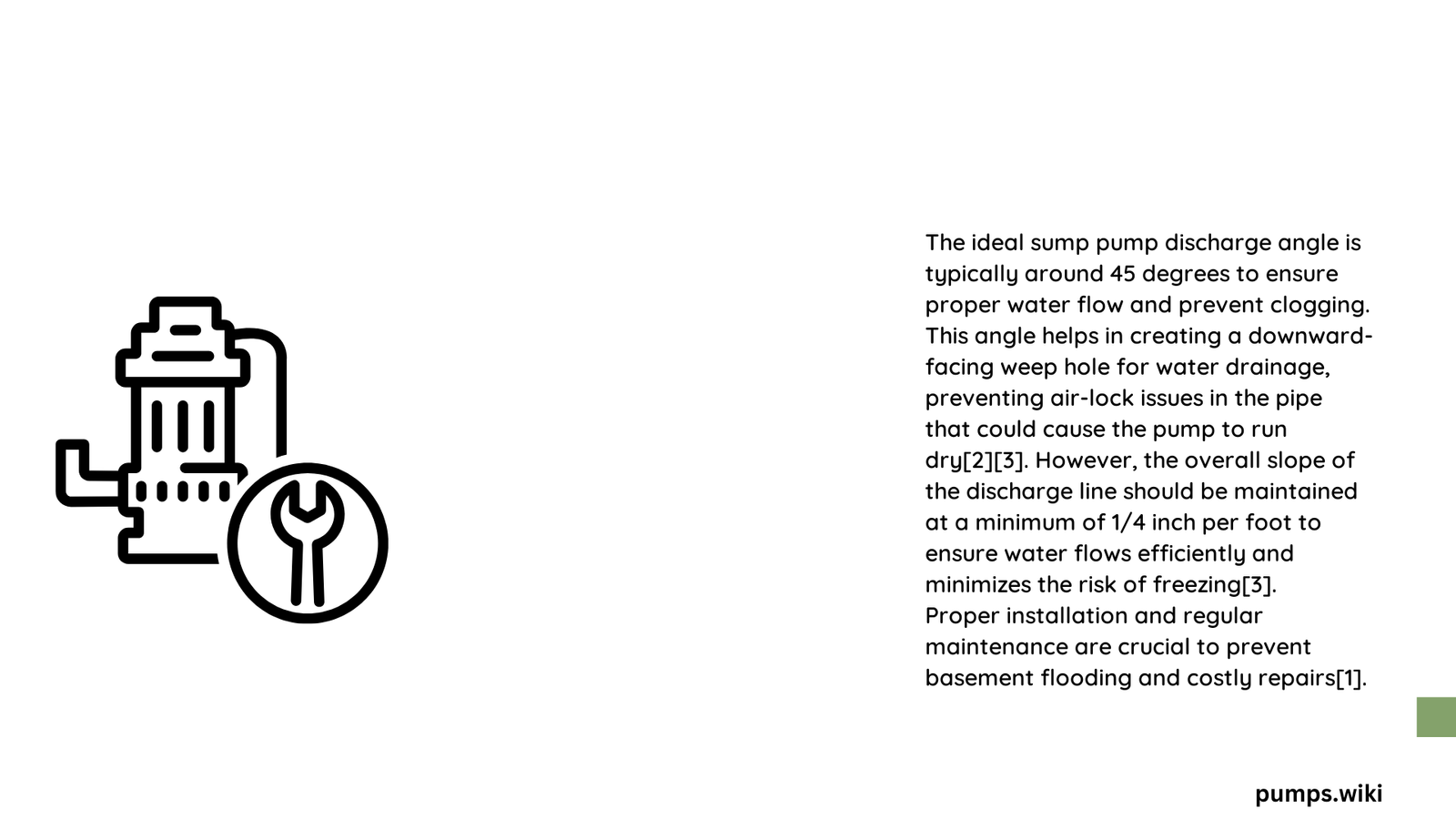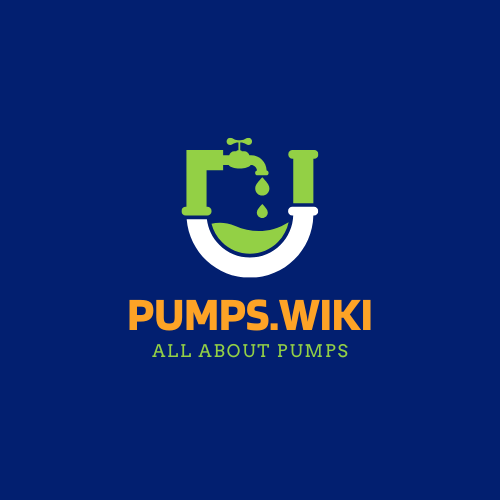Sump pump discharge angle represents a critical engineering parameter that directly influences water evacuation efficiency, system longevity, and potential basement flooding prevention. Homeowners and professionals must understand the nuanced relationship between discharge line configuration, water flow dynamics, and potential hydraulic challenges to ensure optimal performance and prevent potential water management failures.
What Makes Sump Pump Discharge Angle Critical?
Sump pump discharge angle determines how effectively water moves away from your home’s foundation, preventing potential water damage and structural complications. The angle’s precision can mean the difference between a dry basement and potential flooding scenarios.
Why Does Discharge Angle Matter?
Water flow dynamics depend on multiple factors within the discharge line configuration:
| Angle Type | Flow Efficiency | Potential Issues |
|---|---|---|
| 90-Degree | Low | High resistance, potential backflow |
| 45-Degree | High | Smooth water transition |
| Downward Slope | Optimal | Consistent water movement |
Key Performance Considerations
- Slope Requirements
- Minimum recommended slope: 1/4 inch per linear foot
- Ensures continuous water movement
-
Prevents water accumulation and potential freezing
-
Hydraulic Resistance Factors
- Sharp angles increase pump workload
- 45-degree elbows reduce hydraulic resistance
- Minimizes potential pump motor strain
How to Determine Optimal Discharge Configuration?
Professional assessment involves several critical evaluation parameters:
- Terrain Assessment
- Evaluate ground slope around foundation
- Identify potential drainage obstacles
-
Determine appropriate discharge distance
-
Material Selection
- Use PVC pipes with smooth interior
- Select appropriate diameter (typically 1.5-2 inches)
- Ensure robust connection points
What Technical Challenges Affect Discharge Performance?
Several environmental and structural factors influence sump pump discharge effectiveness:
- Soil Composition
- Clay-heavy soils reduce drainage efficiency
- Sandy soils provide better water percolation
-
Requires potential supplementary drainage solutions
-
Climate Considerations
- Cold regions demand deeper discharge lines
- Frost line depth impacts installation strategy
- Potential heat tape or insulation requirements
Recommended Installation Best Practices
- Maintain continuous downward slope
- Use 45-degree angle connectors
- Avoid horizontal or upward pipe sections
- Install check valve to prevent backflow
- Position discharge point minimum 10 feet from foundation
Professional Recommendations
- Consult local building codes
- Consider professional site evaluation
- Implement periodic system maintenance
- Monitor discharge line performance annually
Technical Specifications Checklist

- Minimum discharge slope: 1/4 inch per foot
- Recommended pipe diameter: 1.5-2 inches
- Ideal discharge distance: 10-20 feet from foundation
- Preferred elbow configuration: 45-degree connections
Advanced Considerations
Emerging technologies like smart monitoring systems can provide real-time discharge performance data, enabling proactive maintenance and early problem detection.
Pro Tip: Regular inspection prevents 80% of potential sump pump discharge system failures.
Potential Cost Implications
Proper discharge angle installation can save homeowners:
– $2,000-$10,000 in potential water damage repairs
– Reduced pump motor replacement costs
– Enhanced property value preservation
Reference:
– EPA Drainage Guidelines
– International Plumbing Code
– Basement Waterproofing Association
